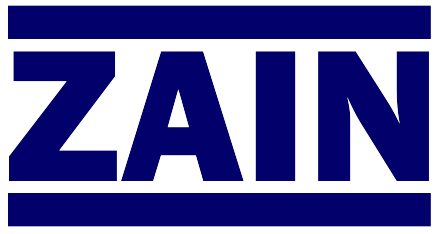Mixing Effects in a Multi-Stage Mixer Column
Authors:
James Y. Oldshue
Frank Hodgkinson
Jean-Claude Pharamond
This paper analyzes the performance and scale-up of multi-stage mixer columns used in liquid-liquid extraction, with emphasis on the Oldshue-Rushton column design. It compares mixing effects, mass transfer rates, and stage efficiency across various extraction systems such as mixer-settlers, rotating disc, and York-Scheibel columns. The study highlights how proper impeller design, shear control, and residence time optimization lead to improved dispersion, throughput, and overall extraction performance.
Key Learnings
- Multi-stage mixer columns play a crucial role in improving liquid-liquid extraction efficiency.
- The Oldshue-Rushton column design provides effective mixing and mass transfer through controlled shear and dispersion.
- Proper impeller selection and rotational speed are vital for optimizing stage efficiency and minimizing phase separation issues.
- Scale-up of extraction columns requires understanding the relationship between shear rate, residence time, and throughput capacity.
- Excessive shear can cause emulsion formation, while insufficient mixing reduces mass transfer performance.
- Comparative analysis of systems like mixer-settlers, rotating discs, and York-Scheibel columns helps identify optimal designs for specific industrial applications.
- Pilot plant testing and batch break-time studies are essential for predicting full-scale column performance.
- Controlling column geometry and interstage mixing enhances process stability and solvent extraction efficiency.
If you can’t see the PDF, click "Open in new tab".

